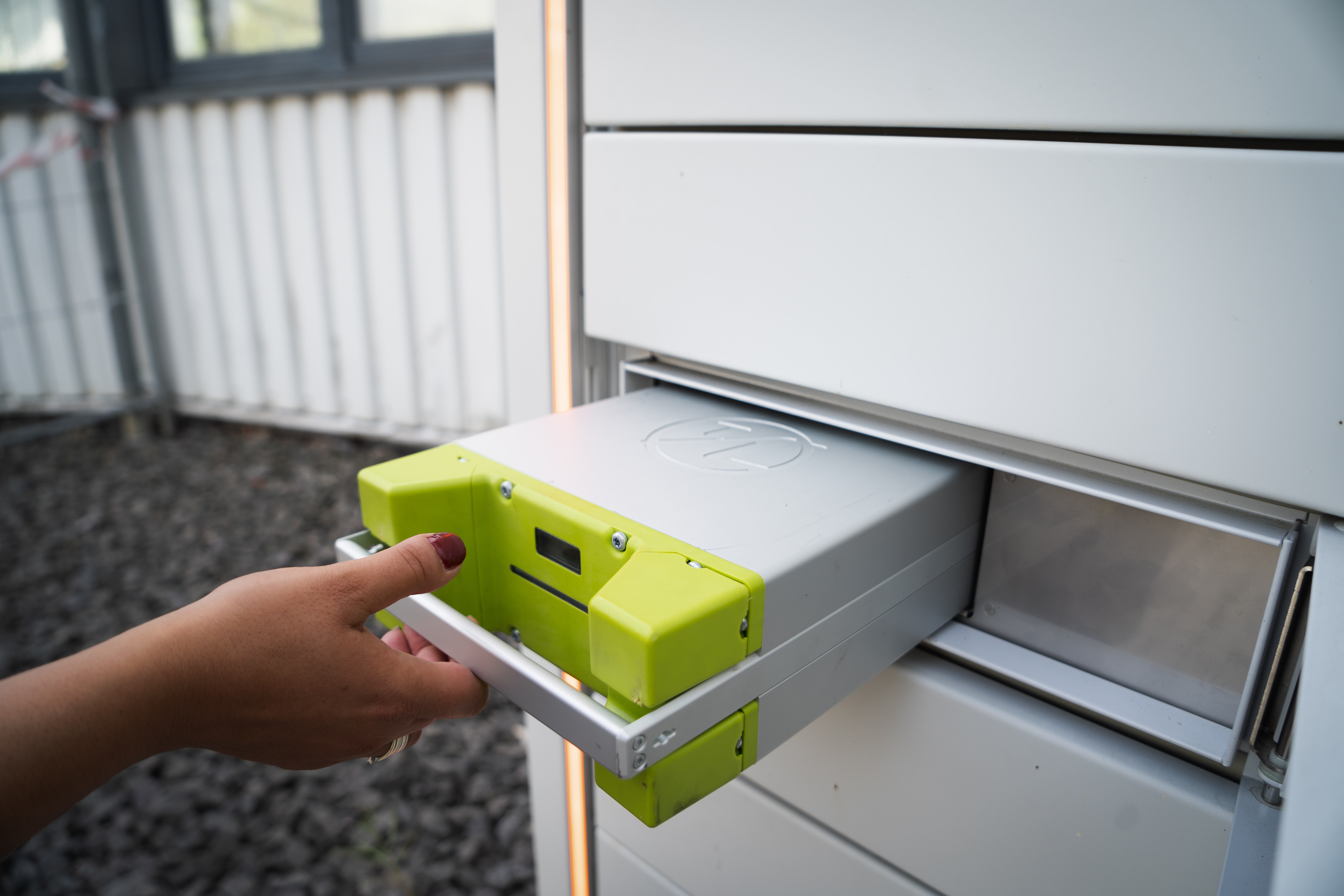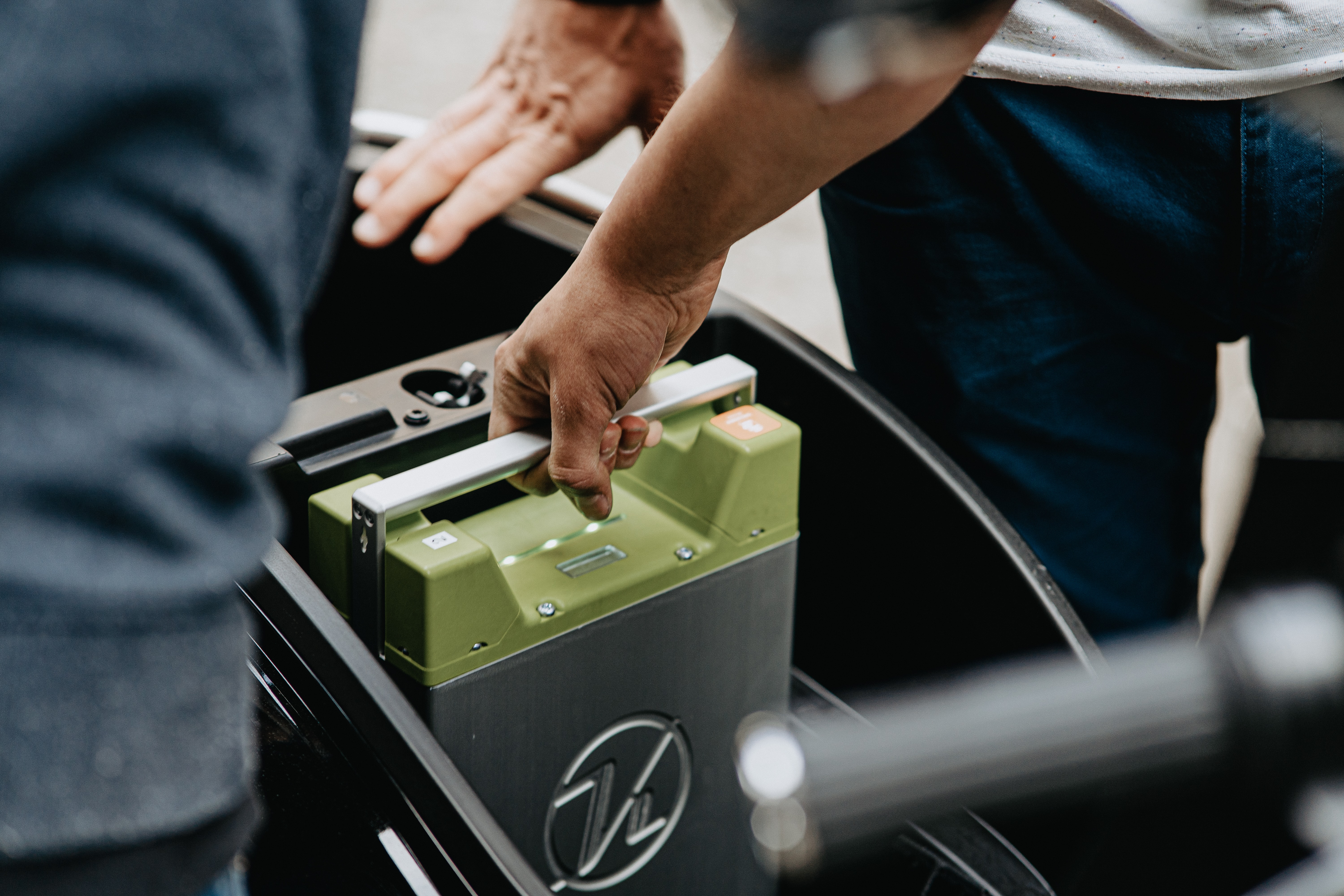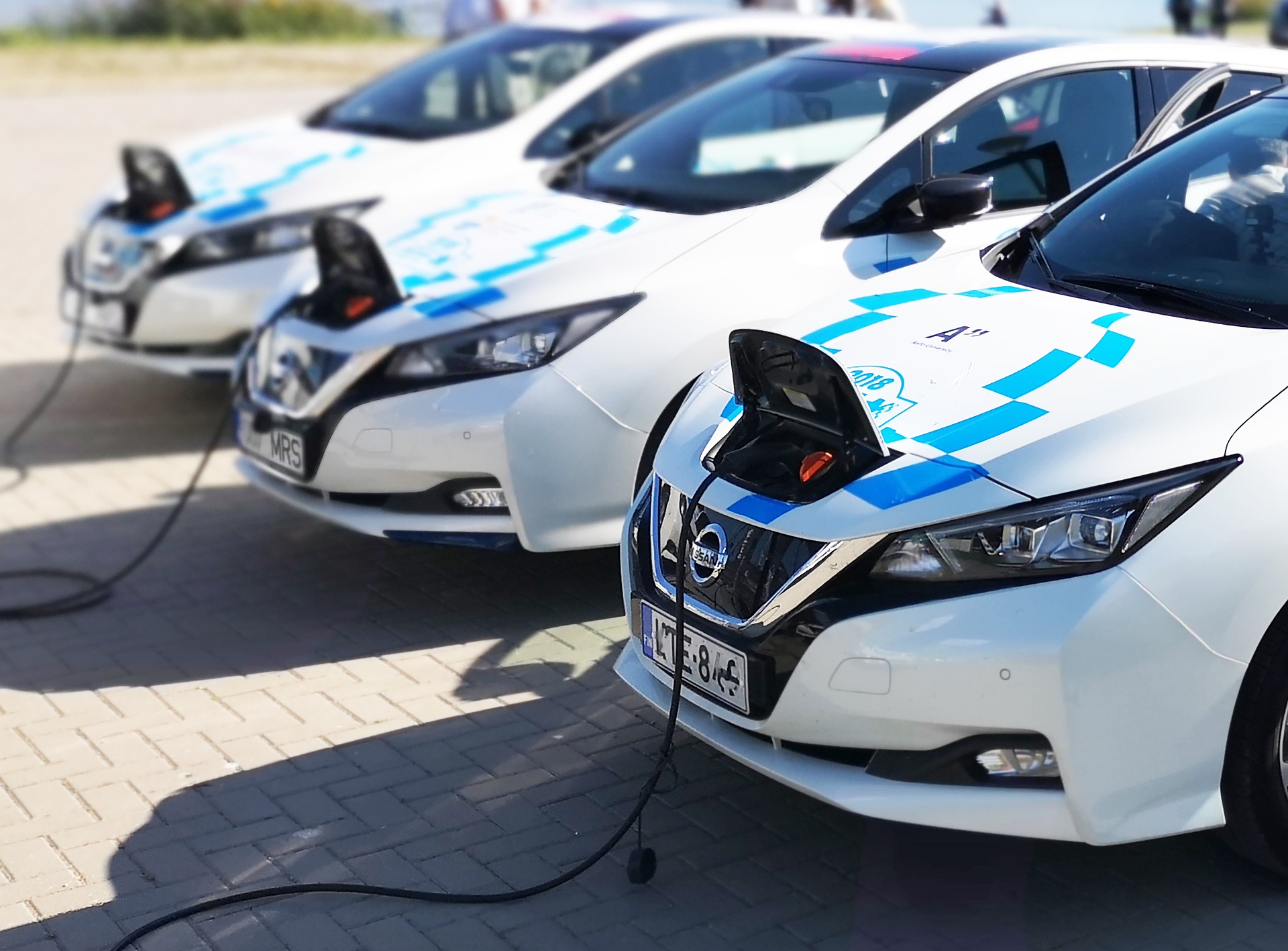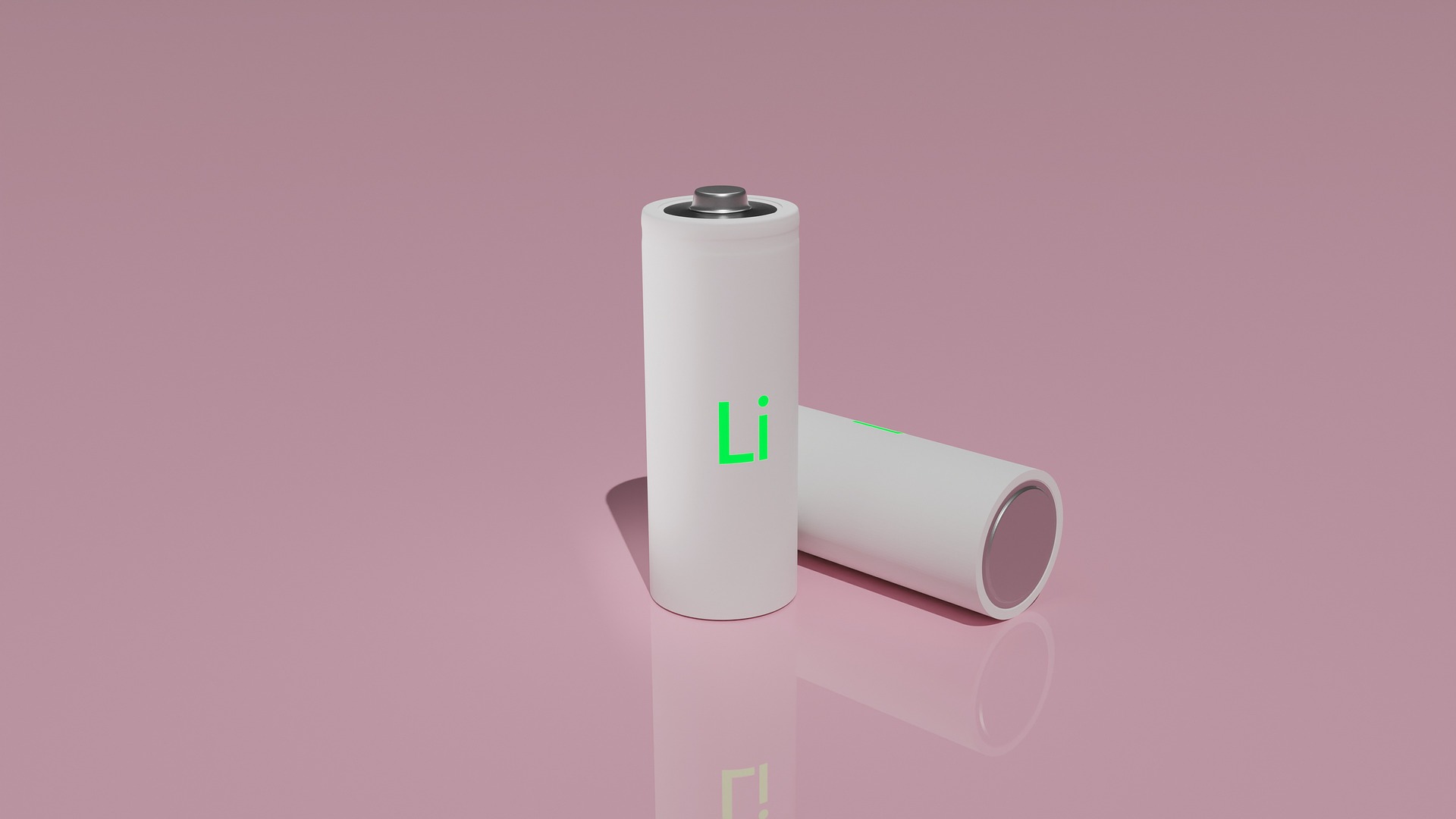
Our current generation of lithium-ion batteries is beginning to reach their upper threshold performance limits, not only during operation but in the realm of space-efficient battery packs and compact designs.
We’re going to cover the current state of battery packs, battery testing, volume utilization improvements, and how energy density maximization can significantly improve the effectiveness and performance of Li-ion batteries worldwide. While this is just one improvement out of many, space-efficient battery packs have the potential to completely transform industries reliant on compact and lightweight batteries, such as electric vehicles (EVs).
The Current State of Battery Packs
While battery pack technology and volume utilization ratios continue to improve daily, the current state of battery packs can still be viewed as bulky and un-optimized, especially since this technology is still at the forefront of innovation.
When it comes to the electric vehicle market, improvements in lithium-ion battery packs and making them more compact and space efficient can allow manufacturers to offer additional features in their EVs and increase electric vehicle mileage significantly, improvements that are currently being worked on and researched globally.
Improvements in Volume Utilization
Many electric vehicles are already taking steps to improve the space efficiency of their EV battery packs, both physically and with regard to volume utilization. Manufacturers are announcing batteries with “cell-to-pack” designs that completely eliminate module housing materials and optimize their packing efficiency. By doing so, they are both improving battery integration into the vehicle as well as energy density.
Recently, battery manufacturer CATL announced that the improvements made in their most recent “cell-to-pack” battery design could achieve a volume utilization of 72%. In early 2022, CATL also announced that improvements to their LFP packs could achieve 290 Wh/l and 160 Wh/kg, beginning to make them competitive with NMC packs.
Energy Density Maximization
Maximizing energy density is a core point of attention for electric vehicle manufacturers and the battery manufacturers that service EV companies. With increased energy densities, cheaper and more efficient long-range batteries can be produced, which have the potential to completely transform electric vehicles and how far they can take consumers. The primary disadvantages of low-cost LFP cells can be mitigated, and there is also the disadvantage of reduced serviceability to take into account, making this path questionable for commercial vehicles.
What Space-Efficient Batteries Can Do for the Industry
It is clear that the improvements in volume utilization, the maximization of energy density, and the development of increasingly smaller and more lightweight lithium-ion battery packs can have a ripple effect across multiple industries, completely transforming their potential for innovation, improvement, and pushing the boundaries of efficiency.
As more and more battery-reliant industries find themselves using smaller, more lightweight, and more energy-dense battery packs, we’ll likely see the possibility for improvement and innovation with lithium-ion batteries grow at an exponential rate and greatly improve what’s possible in the space.
If you have any questions about Li-ion battery packs or just want to learn more about space-efficient Li-ion batteries, schedule a consultation with Energy Assurance today.






